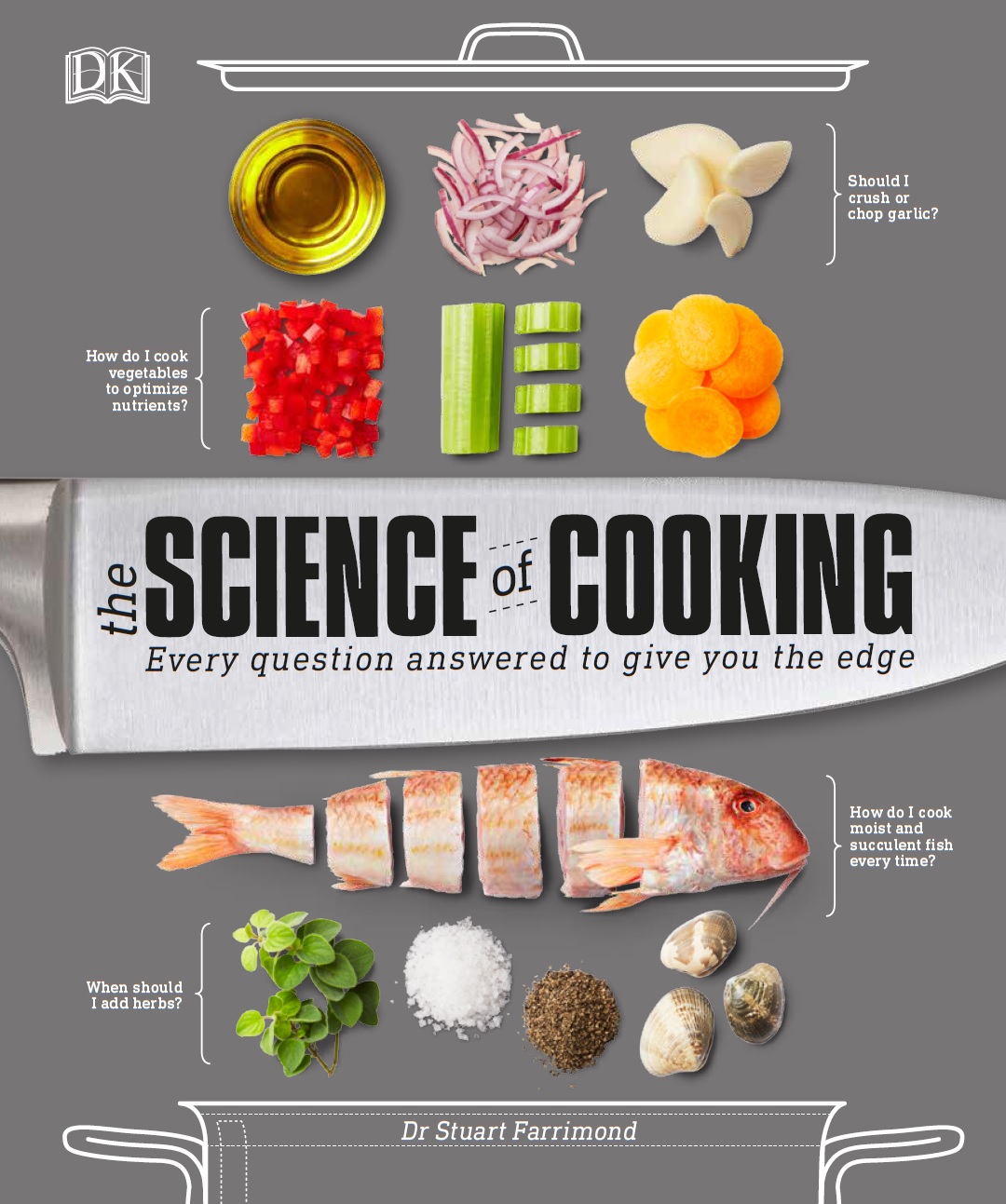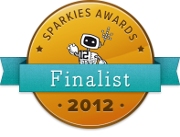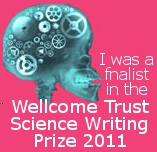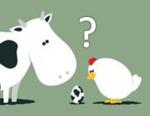 Most of us came into this world through a moment of passion between our father and mother. Not so for everyone. In the world today there are 200,000 people who were not conceived in the conventional way – but in a Petri dish. For the past 35 years, IVF (In Vitro Fertilisation) and similar ‘test tube baby’ techniques have transformed the lives of millions of couples with fertility problems, offering them the chance to have children when they otherwise couldn’t. Lauded as one of the greatest achievements of modern medicine, it nevertheless remains controversial. For example, the process often results in fertilised eggs being discarded – something many religious organisations object to. A few weeks ago, however, fertility techniques just became a whole lot more contentious when the UK became the first country in the world to allow three-parent babies. By next year there will probably be children born of two mothers and one father. It sounds truly bizarre but it’s not what you think.
Most of us came into this world through a moment of passion between our father and mother. Not so for everyone. In the world today there are 200,000 people who were not conceived in the conventional way – but in a Petri dish. For the past 35 years, IVF (In Vitro Fertilisation) and similar ‘test tube baby’ techniques have transformed the lives of millions of couples with fertility problems, offering them the chance to have children when they otherwise couldn’t. Lauded as one of the greatest achievements of modern medicine, it nevertheless remains controversial. For example, the process often results in fertilised eggs being discarded – something many religious organisations object to. A few weeks ago, however, fertility techniques just became a whole lot more contentious when the UK became the first country in the world to allow three-parent babies. By next year there will probably be children born of two mothers and one father. It sounds truly bizarre but it’s not what you think.
‘Three-parent baby’ technology isn’t about making perfect designer babies. The procedure has been developed to prevent a group of rare disorders, called mitochondrial diseases. Resulting in problems ranging from visual impairments to seizures and death, they are truly horrible diseases for which we have no cure. They are caused by malfunctioning mitochondria – which are tiny, kidney bean-shaped structures present within all of our cells. Like thousands of mini-power plants, they normally work together to turn the nutrients we eat into energy that our body can use. When they are broken – often for reasons we can never fully explain, nasty things can happen.
So called ‘three parent baby’ technology allows any mum-to-be to use another woman’s healthy mitochondria in place of her own. A donor egg is used for the process – and this anonymous woman’s mitochondria are passed on to the children. The ethical controversy comes about because, bizarrely enough, mitochondria have their own tiny strand of DNA, meaning the baby technically has three people’s genes (Mum, Dad and other woman’s mitochondria).
I say ‘technically’, because the DNA contained within the mitochondria are comparatively insignificant – making less than 0.2% of all the genes in a person. They perform a purely functional task and carry none of the child’s characteristics – the baby will have the eye colour, hair colour and all the features of only their mother and father. The third party remains anonymous and has no rights over their child. The technique has also been tested in animals and human cells (although none have been implanted into a woman to achieve a pregnancy), all with good results.
Some people fear that this technology could open the floodgates for custom-designed, genetically engineered babies. A closer look shows us that this is something very different and helps prevent and ultimately eradicate a group of inherited conditions forever. Like IVF, the technology will never be approved by all but, I dare say, in another 35 years there will be many thousand more children who will be grateful for a life lived in health.
Thanks for reading – all opinions expressed are my own. Feel free to add your thoughts in the comments below.
Follow @realdoctorstuPhoto Credit: Christopher_Hawkins via Compfight cc










Discussion
No comments yet.